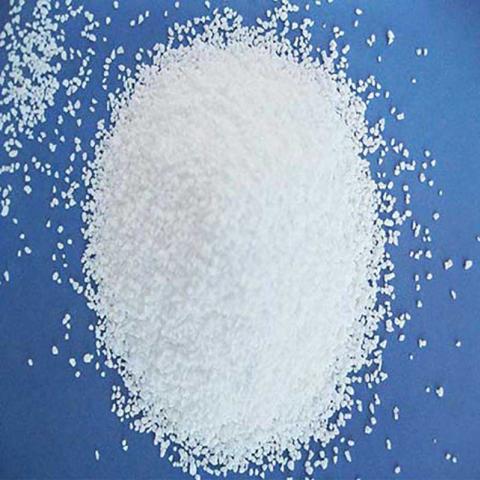Synthetic polymers are artificial materials produced through chemical synthesis in laboratories which have high versatility. Some common synthetic polymers include polyethylene, polypropylene, polystyrene, polycarbonate and polyester. These synthetic polymers offer benefits like durability, flexibility, resistance to corrosion and low maintenance compared to traditional materials. The demand for synthetic polymers is driven by their extensive use across industries like packaging, automotive, textile, construction and electrical & electronics.
The Global Synthetic Polymers Market is estimated to be valued at US$ 24.97 Bn in 2024 and is expected to exhibit a CAGR of 5.2% over the forecast period 2024 To 2031.
Key Takeaways
Key players operating in the Global Synthetic Polymers are BASF SE, Alberdingk Boley, 3M, Celanese Corporation, Dow, Asahi Kasei Corporation, Trinseo, Wacker Chemie AG, LG Chem, Lubrizol Corporation, Apcotex Industries Limited, Arkema, OMNOVA Solutions Inc., Nouryon, APL, and Arlanxeo.
Growing demand: There is Synthetic Polymers Market Growth from industries like packaging, automotive, construction and electrical & electronics due to their versatile properties and cost-effectiveness. Synthetic polymers are preferred over traditional materials in these industries due to their durability, flexibility, corrosion resistance and low maintenance properties.
Global expansion: Leading players in the synthetic polymers market are increasing investments towards capacity expansion projects across regions to cater to the growing demand. They are focusing on geographic expansion into high growth markets like Asia Pacific, Middle East and South America through acquisitions, partnerships and collaborations.
Market Key Trends
Increased R&D towards bio-based and biodegradable synthetic polymers: Major players are investing substantially in R&D to developbio-based and biodegradable synthetic polymersto reduce environmental footprint. This will help expand application scope into industries focusing on sustainability. Ongoing advancements in polymerization and synthesis technologies will also broaden product portfolios.
Porter’s Analysis
Threat of new entrants: New entrants face relatively high costs to construct manufacturing facilities and achieve the necessary economies of scale to compete.
Bargaining power of buyers: Large buyers have significant bargaining power given the availability of substitutes.
Bargaining power of suppliers: Suppliers have moderate bargaining power given the availability of raw material alternatives and the undifferentiated nature of inputs.
Threat of new substitutes: Potential threat from natural polymer substitutes due to environmental sustainability concerns.
Competitive rivalry: High due to undifferentiated product offerings and presence of numerous large competitors.
Geographical Regions
North America is currently the largest market for synthetic polymers by value, accounting for approximately one-third of global demand. This is due to high per capita consumption of plastics in countries such as the US and Canada. Asia Pacific is expected to be the fastest growing regional market during the forecast period driven by rising incomes, industrialization, and infrastructure development in major economies like China and India.
Southeast Asia is projected to expand at the fastest CAGR among all regions from 2024 to 2031. Strong economic growth rates, rapid urbanization, and investments in construction and automotive sectors are fueling synthetic polymers consumption growth in Southeast Asian countries. Materials like polyethylene, polypropylene, polyvinyl chloride, polystyrene, and PET are seeing increased adoption.
Get More Insights on- Antiseptic Market
For Deeper Insights, Find the Report in the Language that You want:
About Author:
Ravina Pandya, Content Writer, has a strong foothold in the market research industry. She specializes in writing well-researched articles from different industries, including food and beverages, information and technology, healthcare, chemical and materials, etc. (https://www.linkedin.com/in/ravina-pandya-1a3984191)








